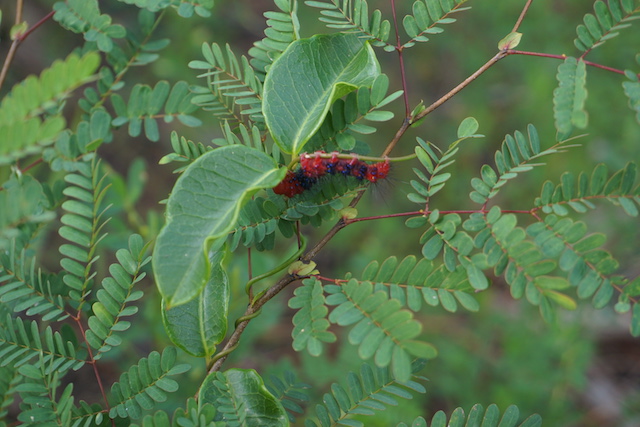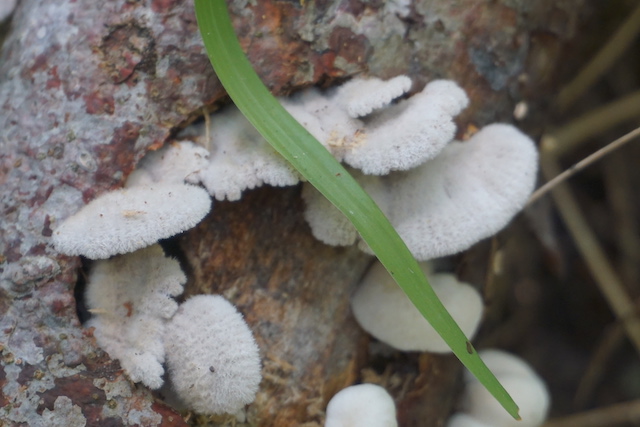In honor of Earth Day 2020, it’s important to consider biodiversity and how we can incorporate this concept into our home gardens and landscapes.First, what is biodiversity? Biodiversity is the number and variety of species in a given area, the term  generally pertains to an ecosystem or habitat. In ecology, diversity is also known as species richness. More diverse ecosystems are considered ideal as these are more resilient. They are more capable of recovering from insect plagues and diseases, exotic plant or animal invasions, or weather events. One species will compensate for the other affected one(s). In nature, plant diversity creates more micro and macro habitats that host a variety of wildlife. Diverse ecosystems are also more productive. This increased growth means greater CO2 consumption, which results in cleaner and better air quality.
generally pertains to an ecosystem or habitat. In ecology, diversity is also known as species richness. More diverse ecosystems are considered ideal as these are more resilient. They are more capable of recovering from insect plagues and diseases, exotic plant or animal invasions, or weather events. One species will compensate for the other affected one(s). In nature, plant diversity creates more micro and macro habitats that host a variety of wildlife. Diverse ecosystems are also more productive. This increased growth means greater CO2 consumption, which results in cleaner and better air quality.
The opposite of biodiversity is what we often see in urban landscapes. We see homogenous landscapes sometimes made up of only or mostly turf or a limited number of “go-to” ornamentals. However, we can bring basic ecological concepts into our urban landscapes and gardens.
Home landscapes and gardens
Begin by adding more species of plants. Also add different forms (trees, shrubs, herbs, and vines). As more plants create more microhabitats, you will host more “beneficial” insects. Beneficial insects offer natural biological control for unwanted pests. This means less spraying of insecticides into our environment. In addition, invasive species such as the unwanted weeds we tend to see in turf monocultures are less likely to become established, also decreasing herbicide use. Birds, native bees, and butterflies are a good indicator of diversity. Therefore planting trees, a pollinator garden, adding bird feeders, or small water feature will help support wildlife diversity. Vegetation also helps to cool the climate through shading and evapotranspiration. This will translate to lower energy consumption and costs.
invasive species such as the unwanted weeds we tend to see in turf monocultures are less likely to become established, also decreasing herbicide use. Birds, native bees, and butterflies are a good indicator of diversity. Therefore planting trees, a pollinator garden, adding bird feeders, or small water feature will help support wildlife diversity. Vegetation also helps to cool the climate through shading and evapotranspiration. This will translate to lower energy consumption and costs.
Biodiversity in your landscape does not have to be limited to plants and animals. Safely adding dead wood logs and rocks will host a variety of decomposers like beautiful fungi and lichens, in addition to moss and other interesting bryophytes that will add more beauty to your garden and landscape.
Citizen conservationists
Lastly, as we become more urbanized, residents have an opportunity to become conservationists. Miami-Dade county and other metropolitan areas with large human populations have seen increasing destruction and fragmentation of our natural areas. Therefore conservation of native diversity on the species level is crucial, and can be accomplished by incorporating native plants into home landscapes. This will in turn also host a variety of native wildlife. The long term benefits of biodiversity will ultimately lead to a healthier environment for all.
Find more information on:
Native plants for South Florida here
Home landscape and gardening here
Florida Friendly Landscape ideas here
 2
2
